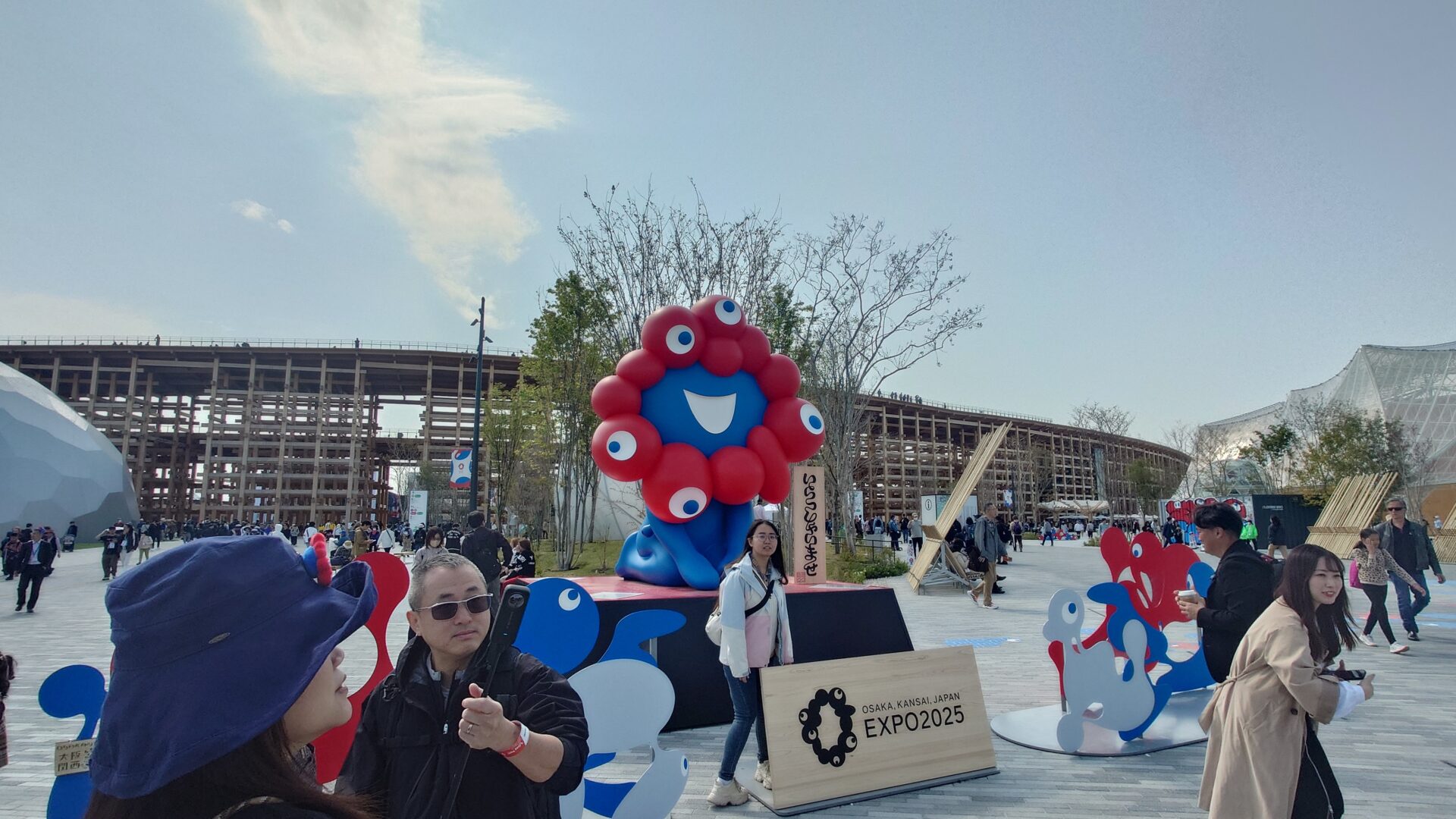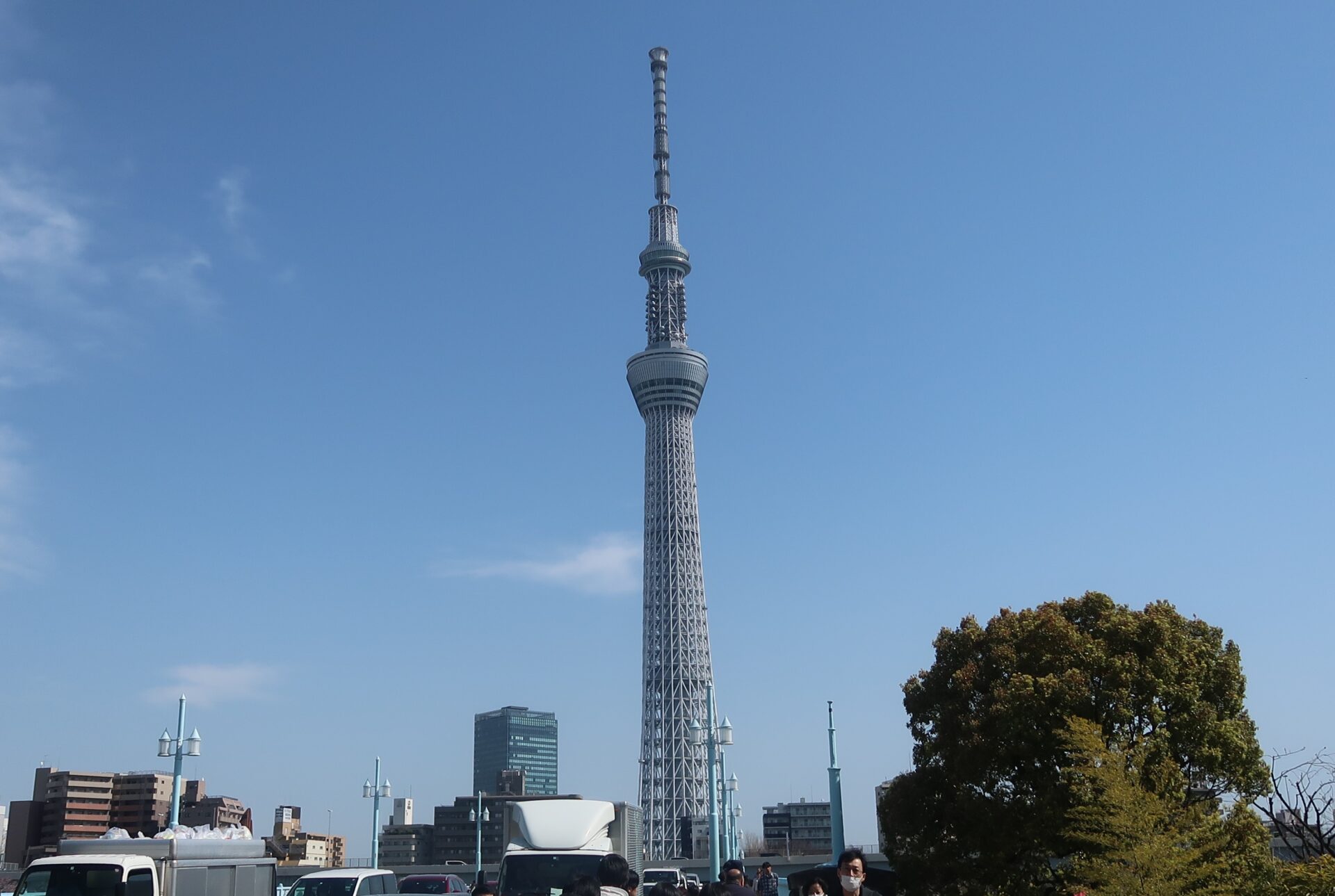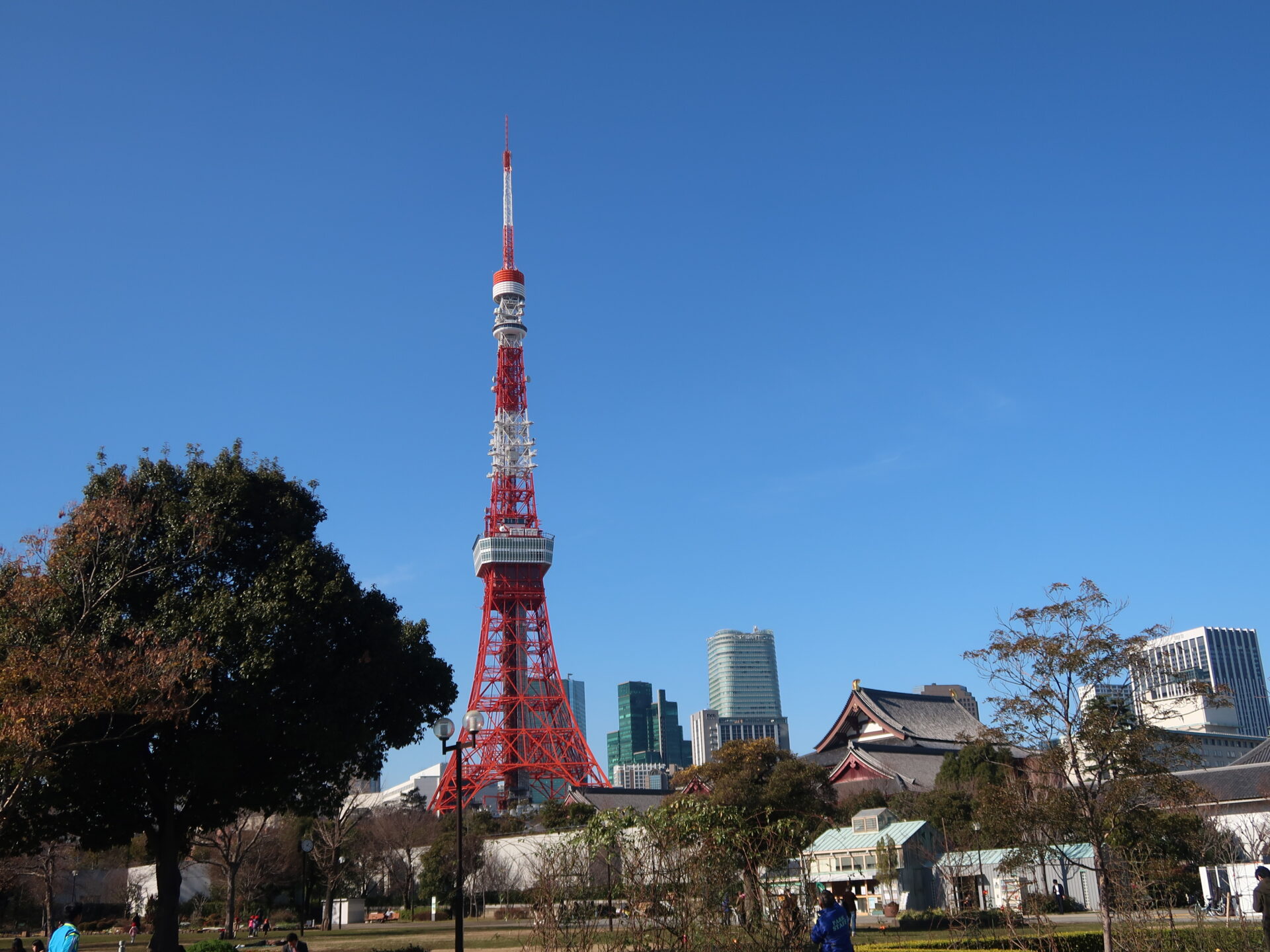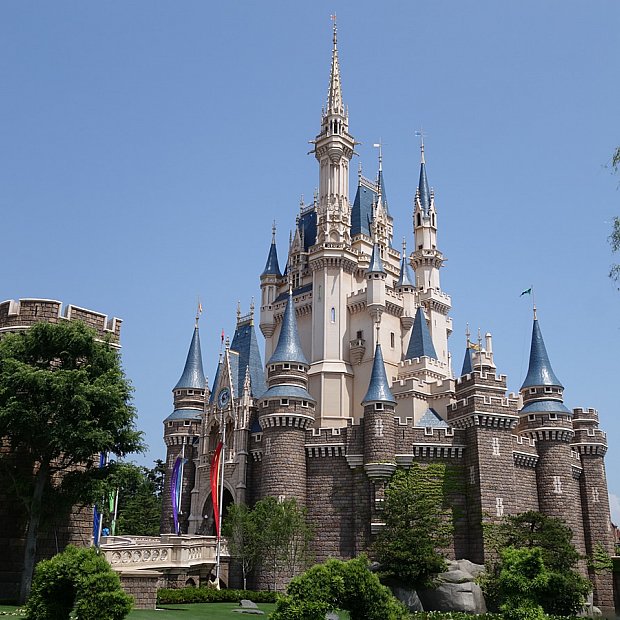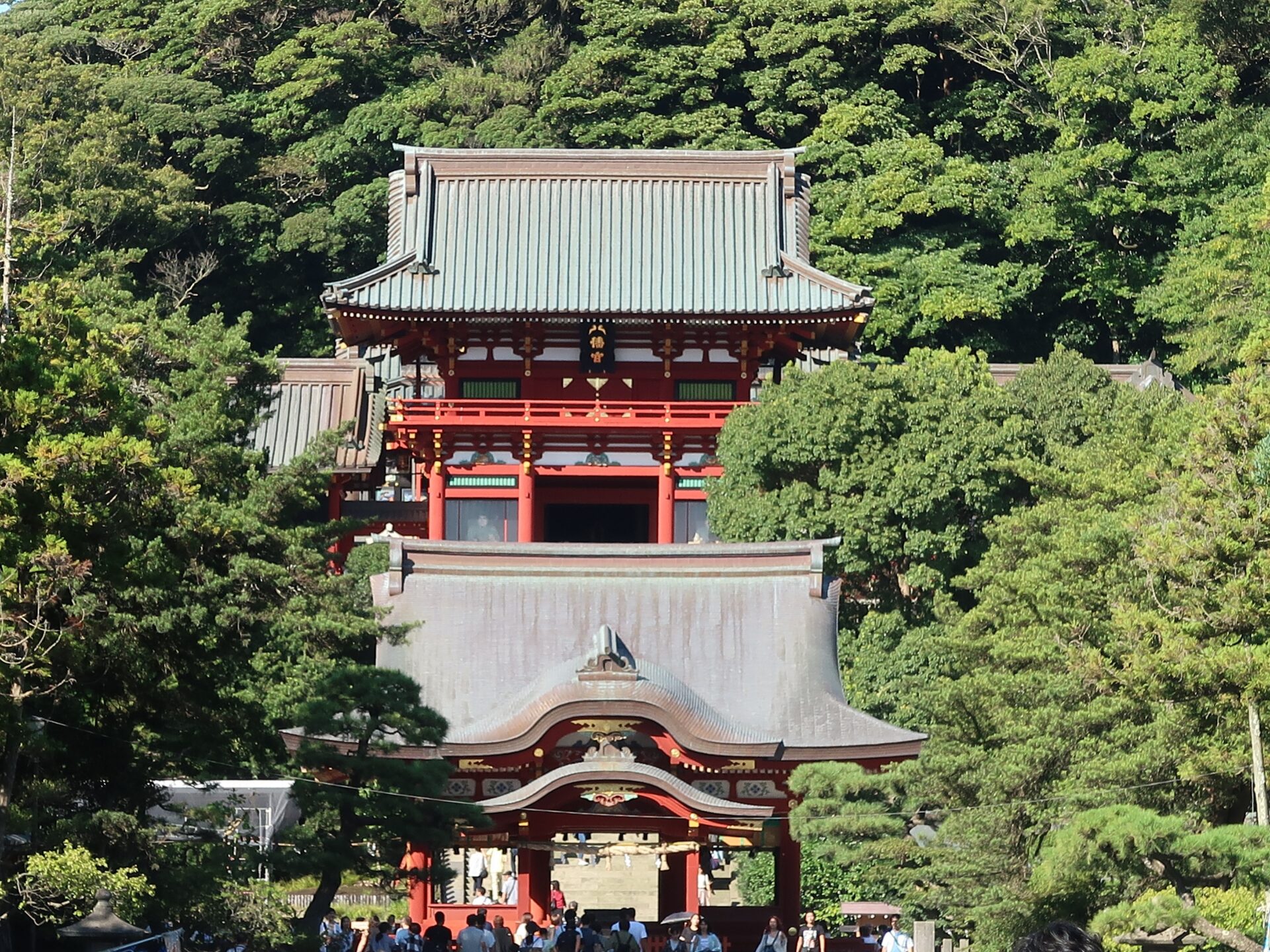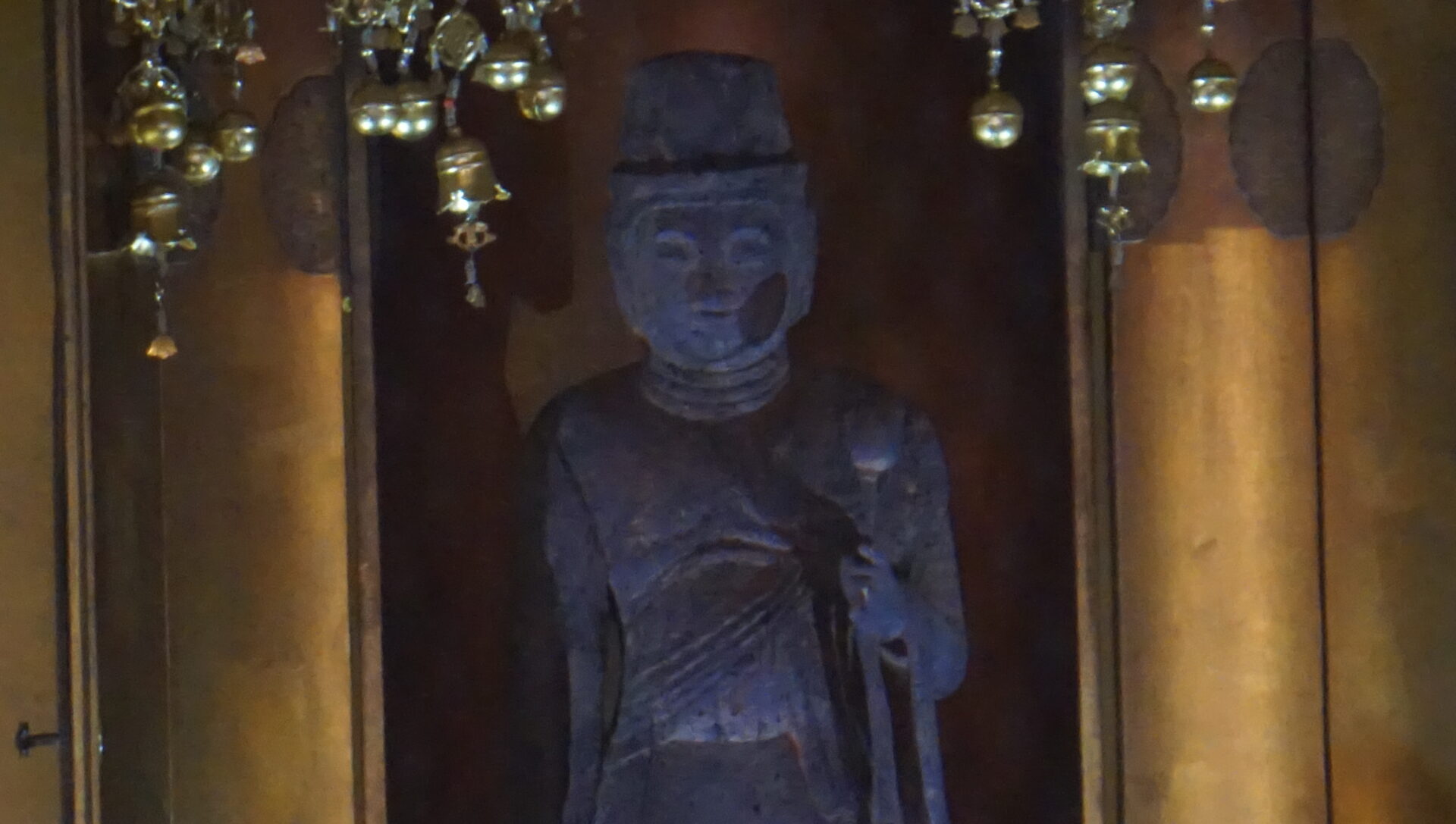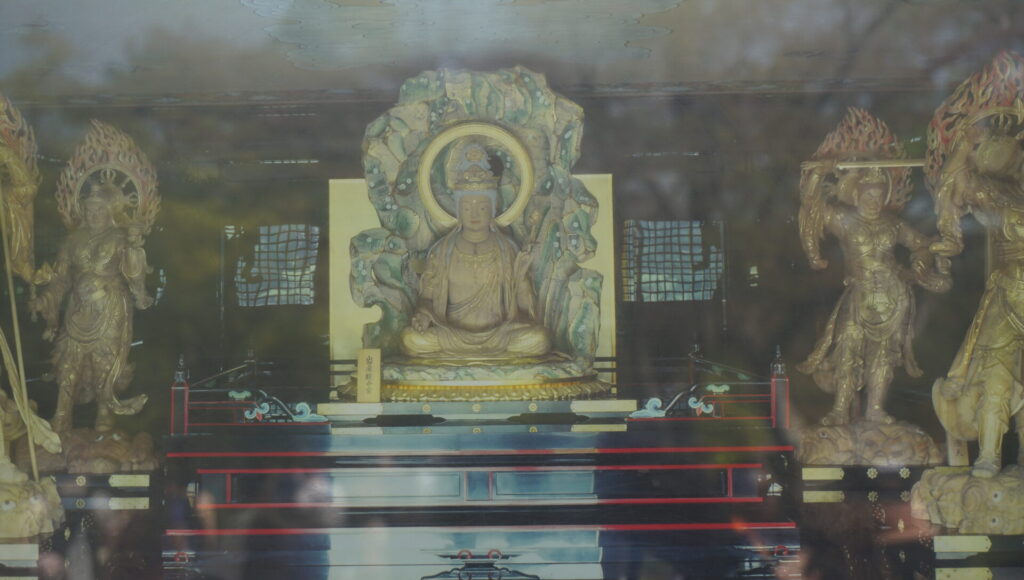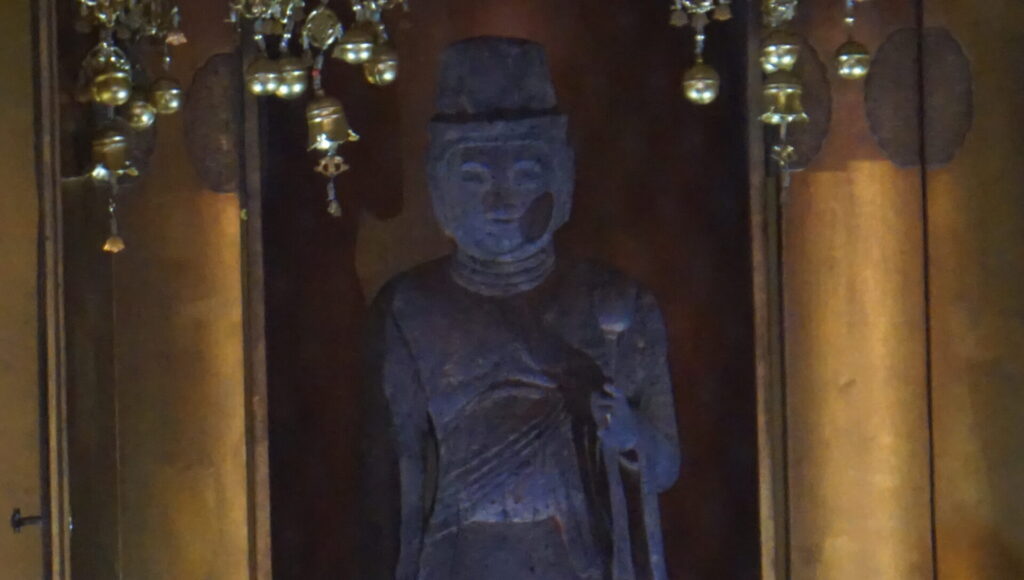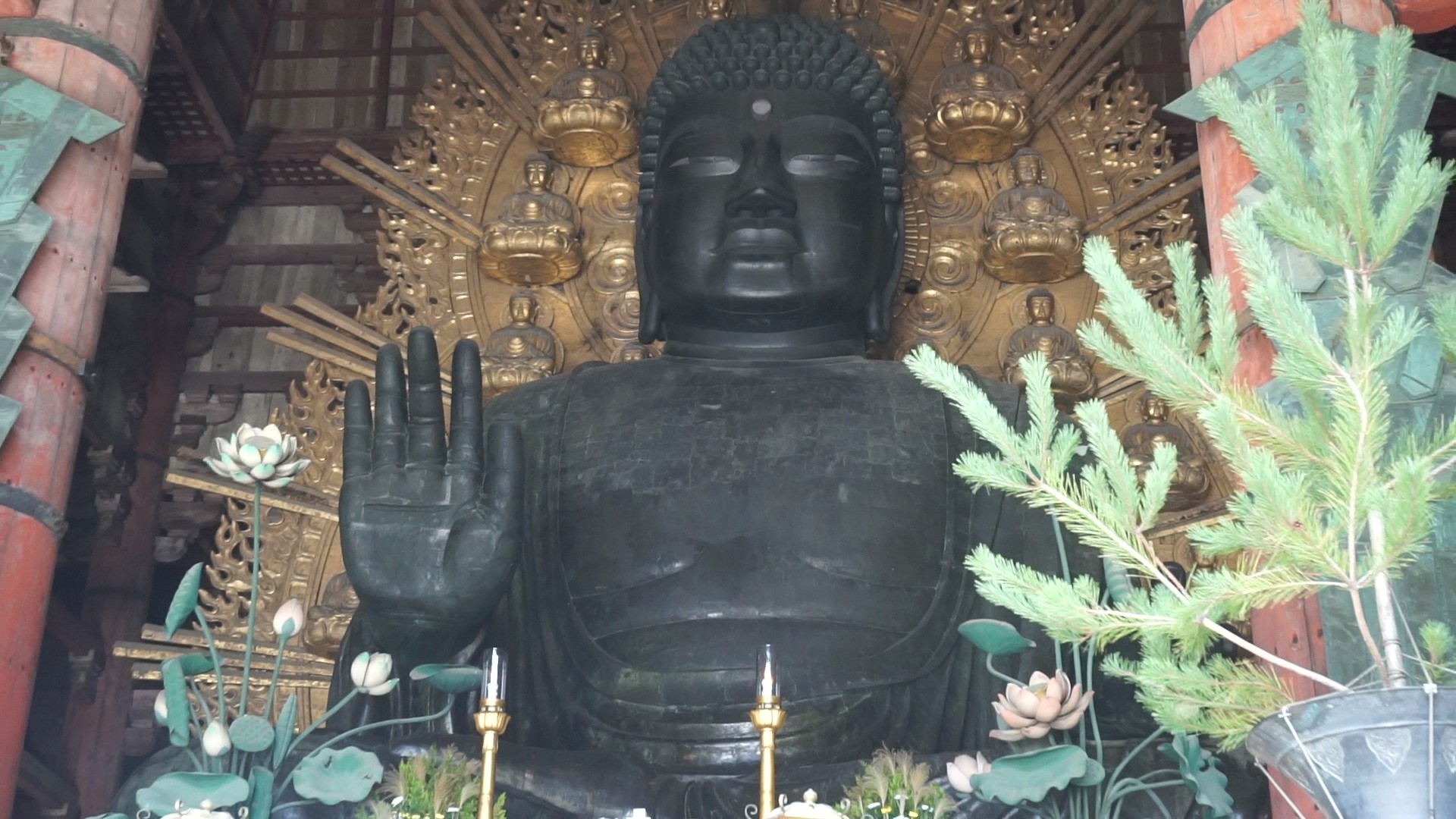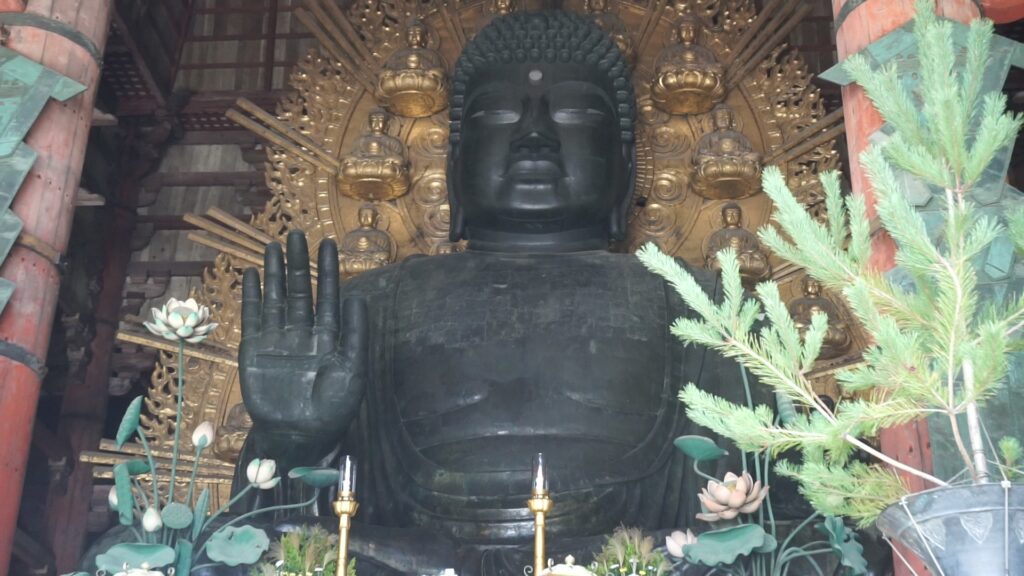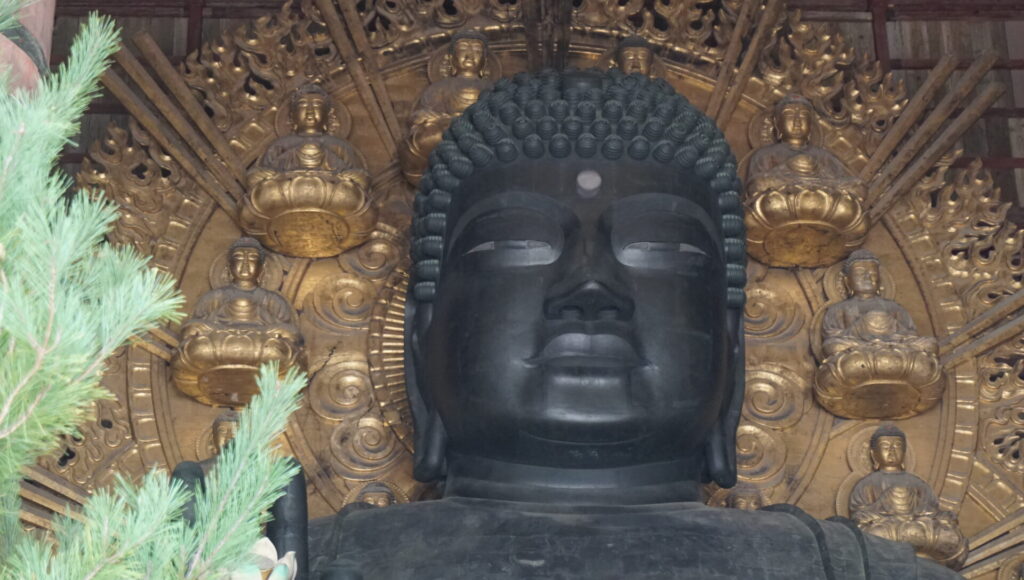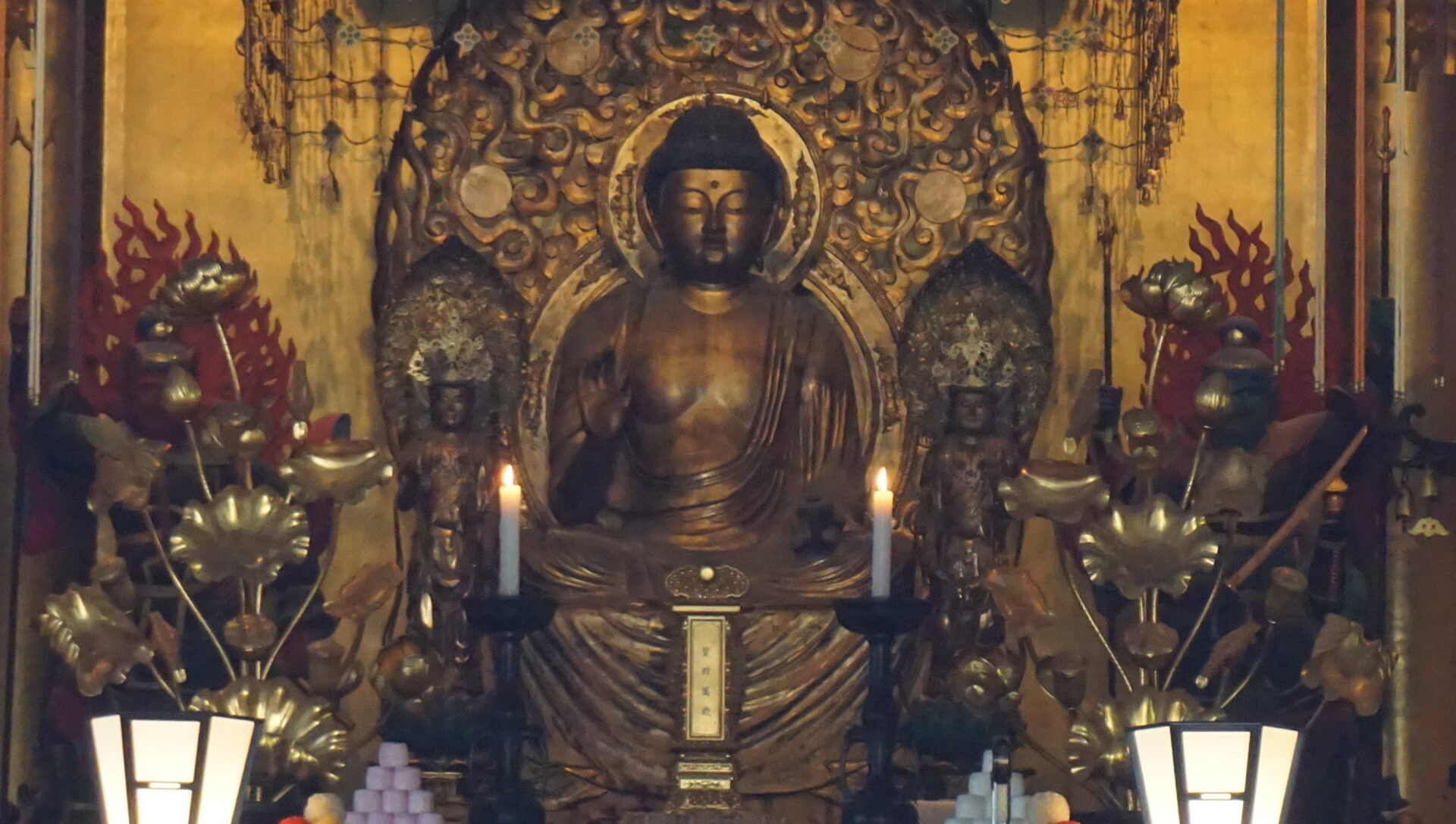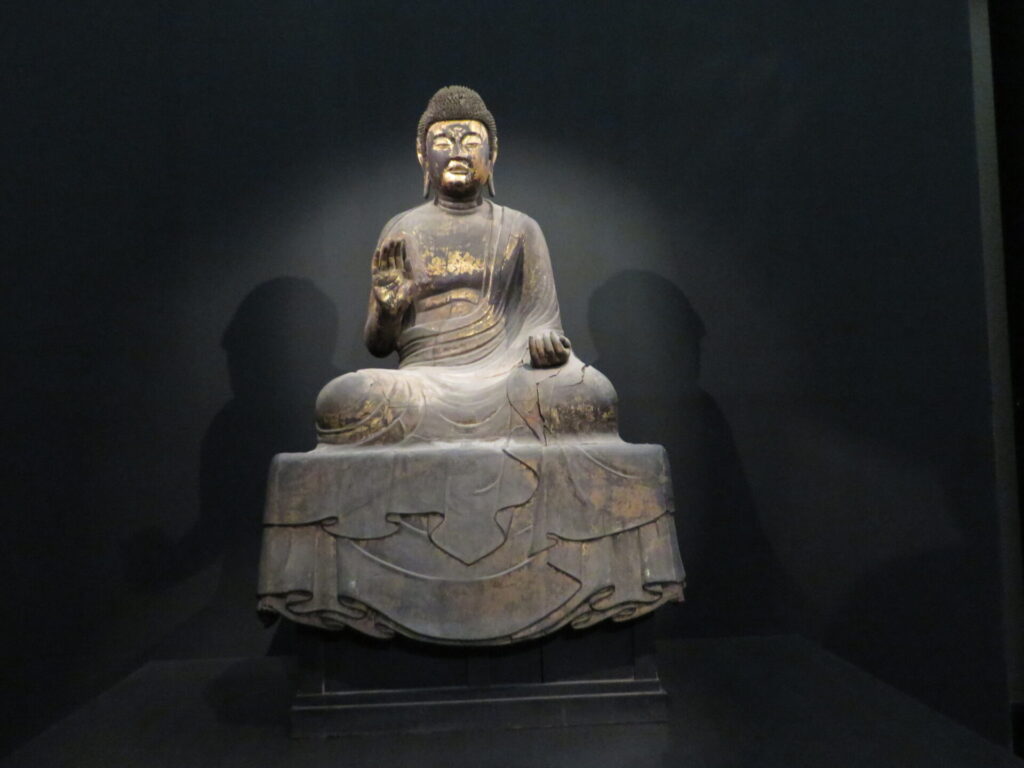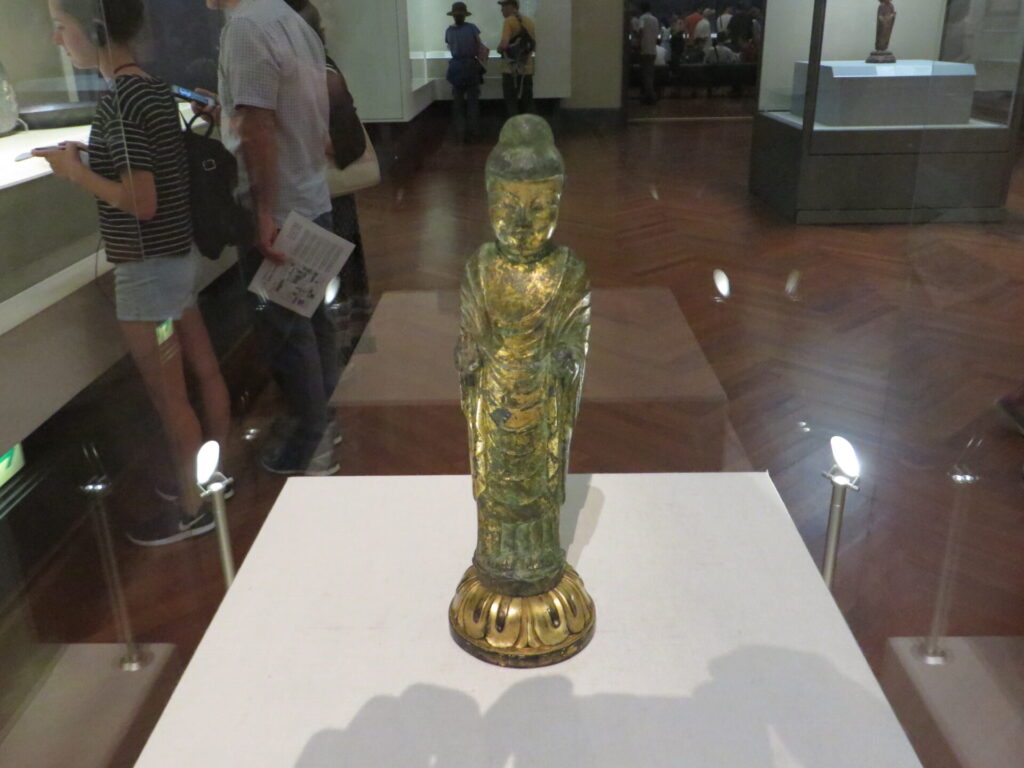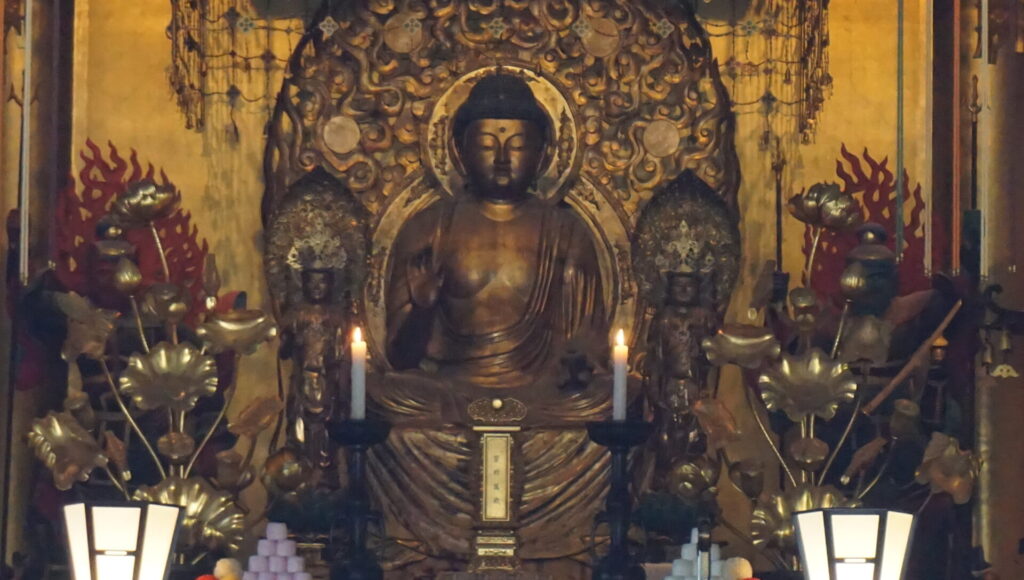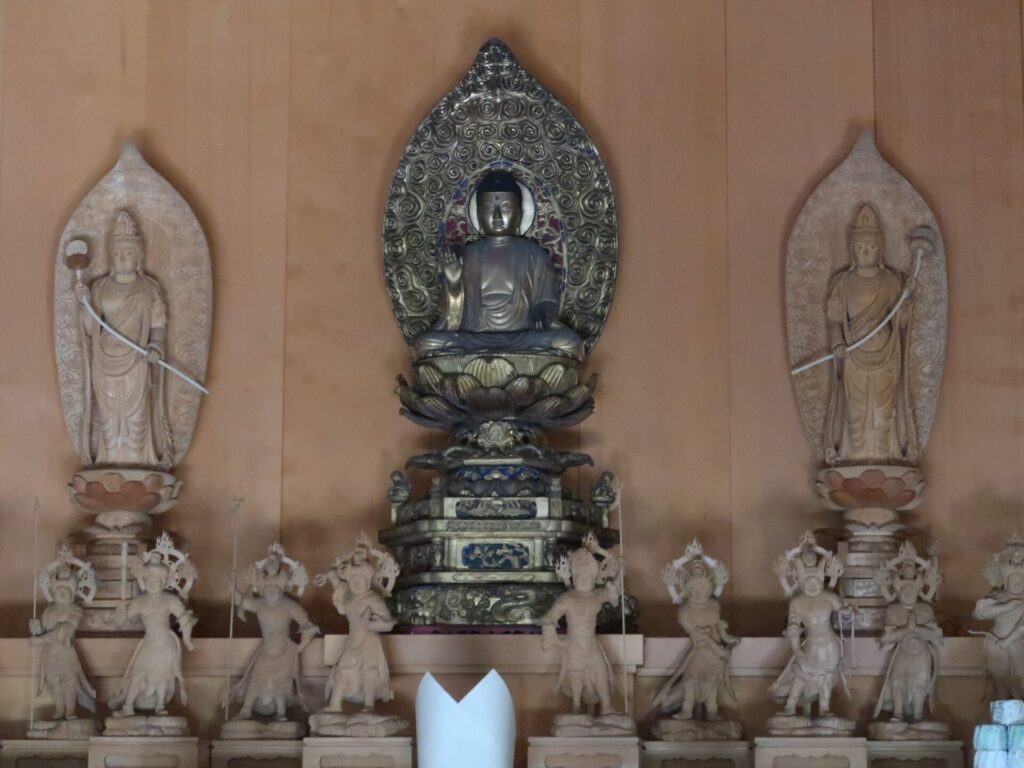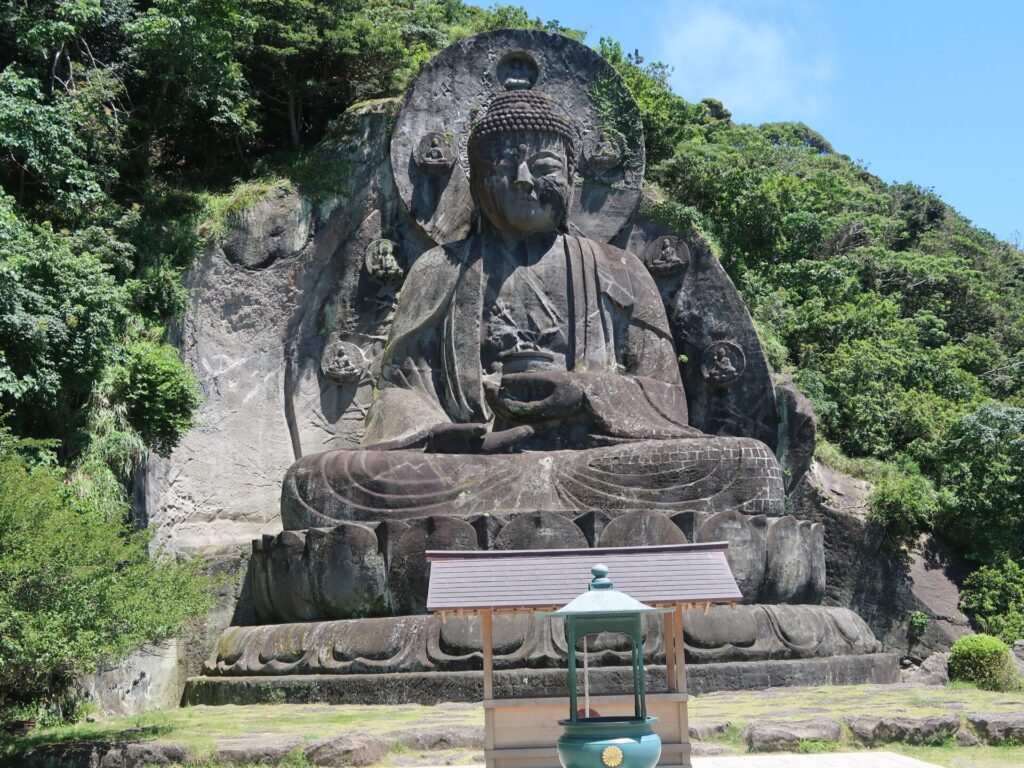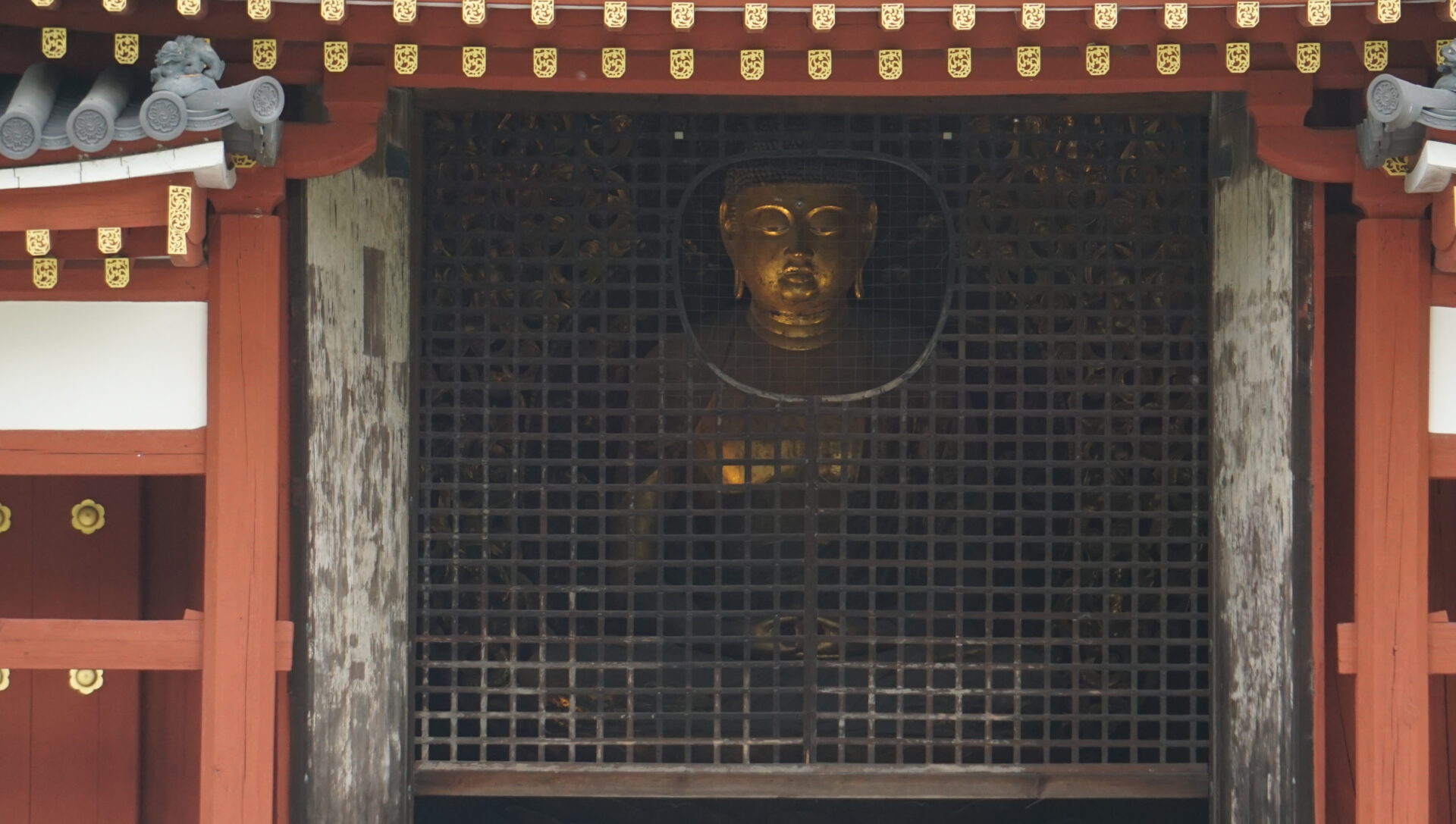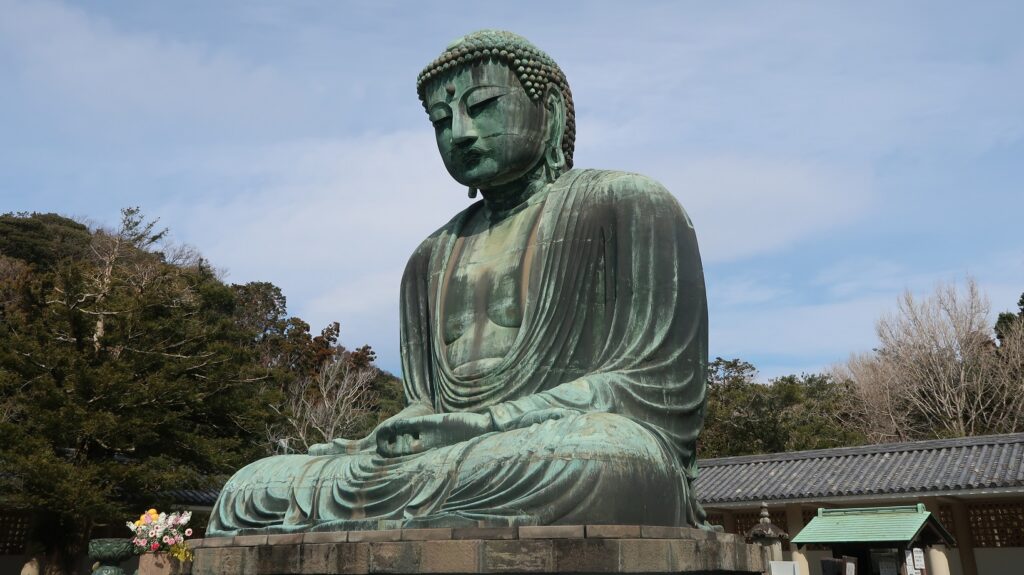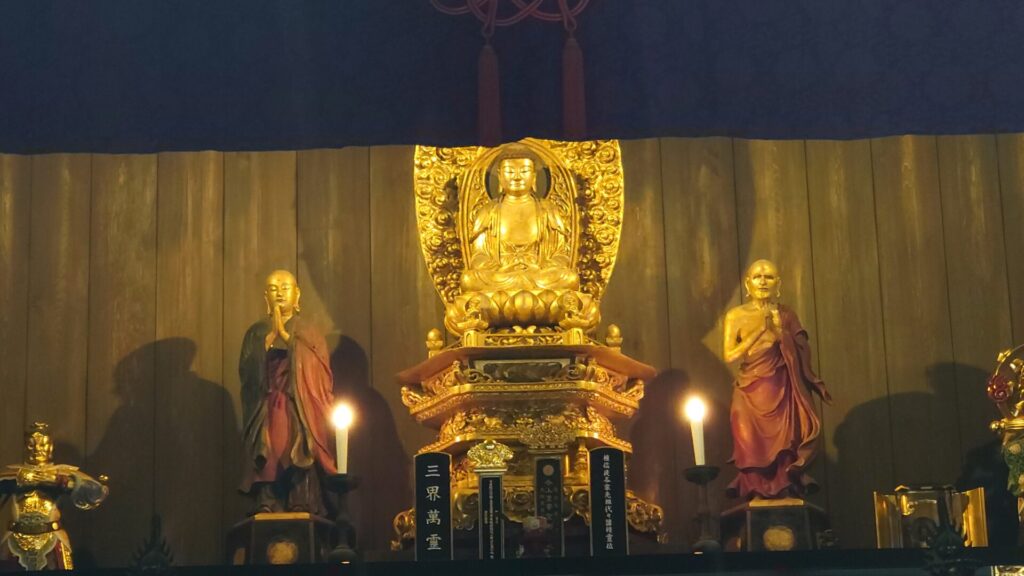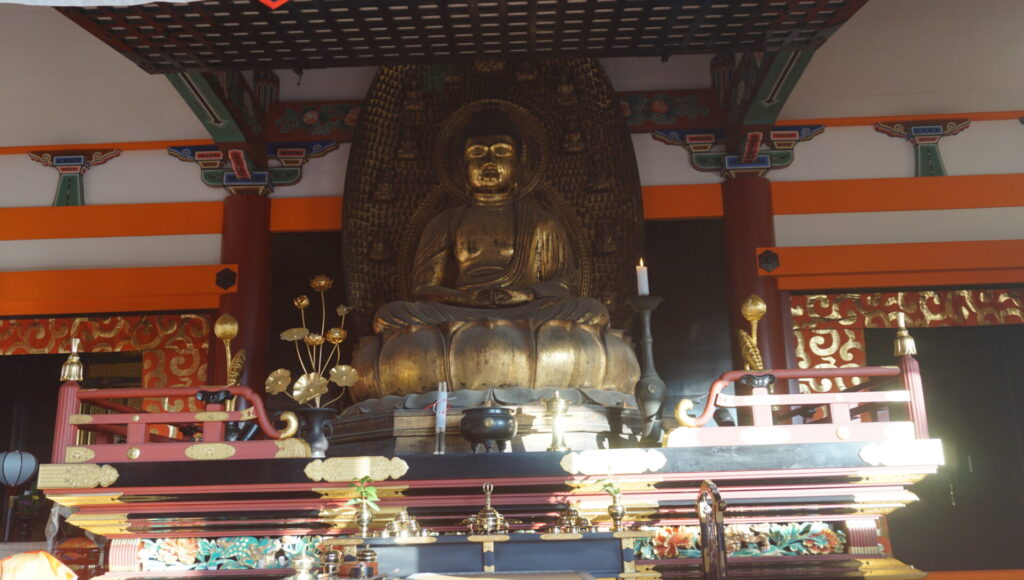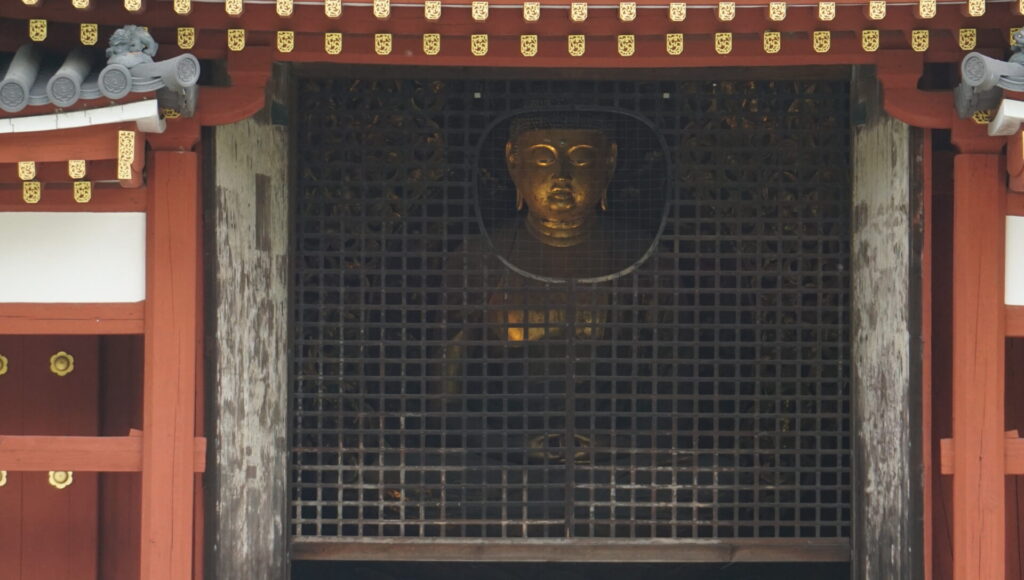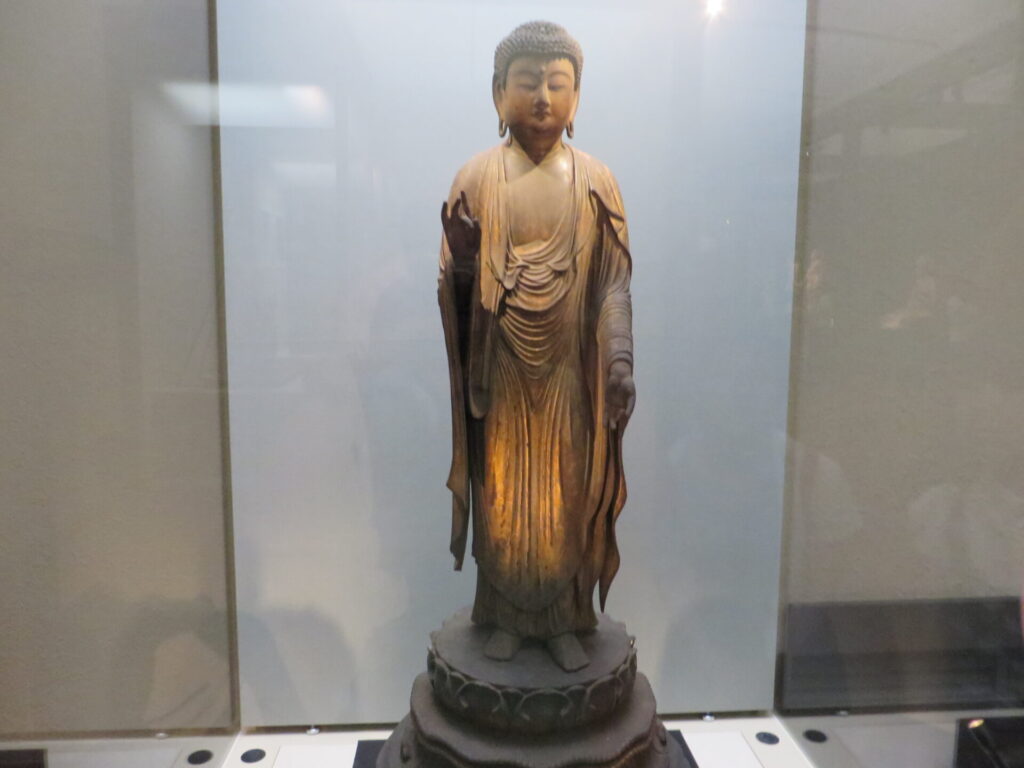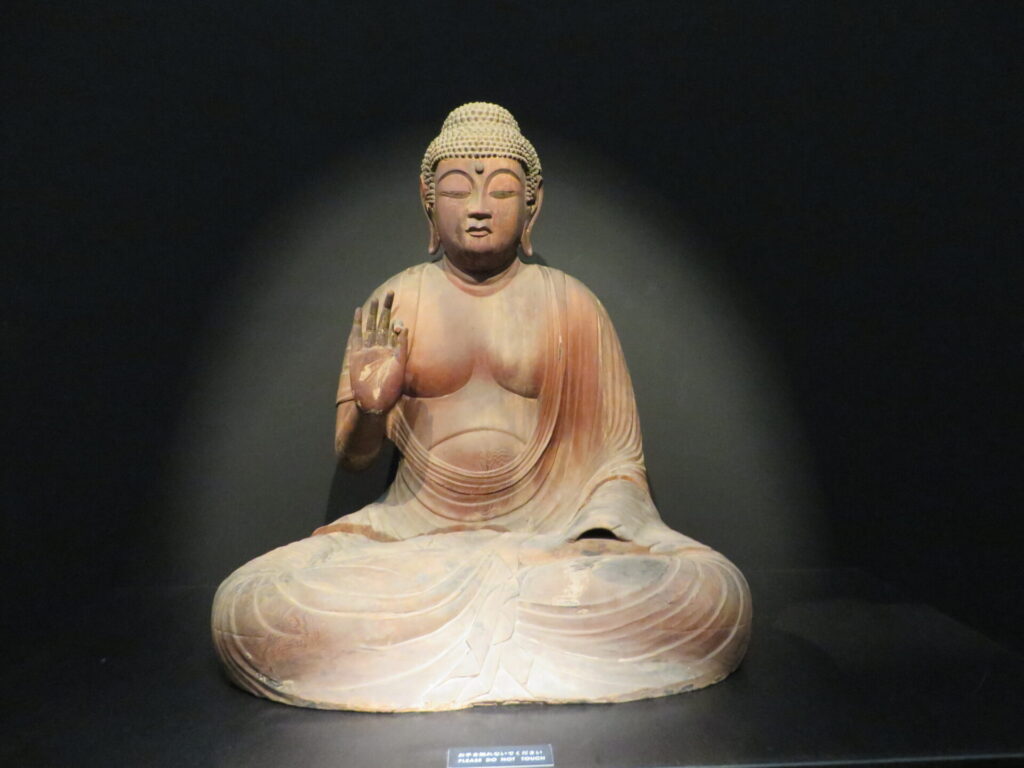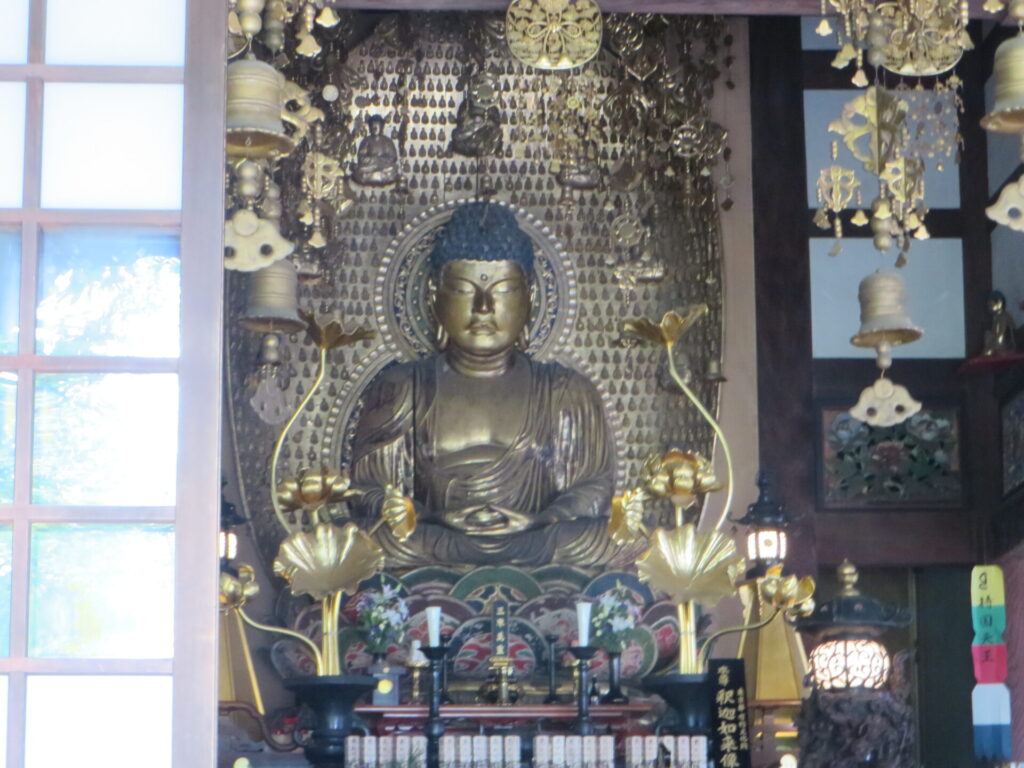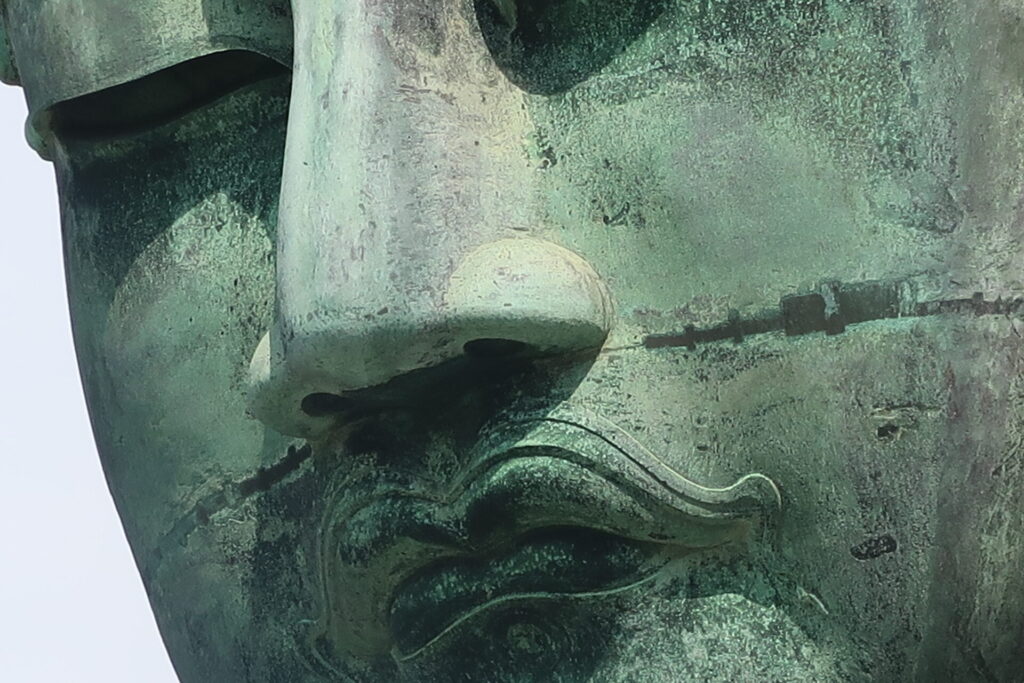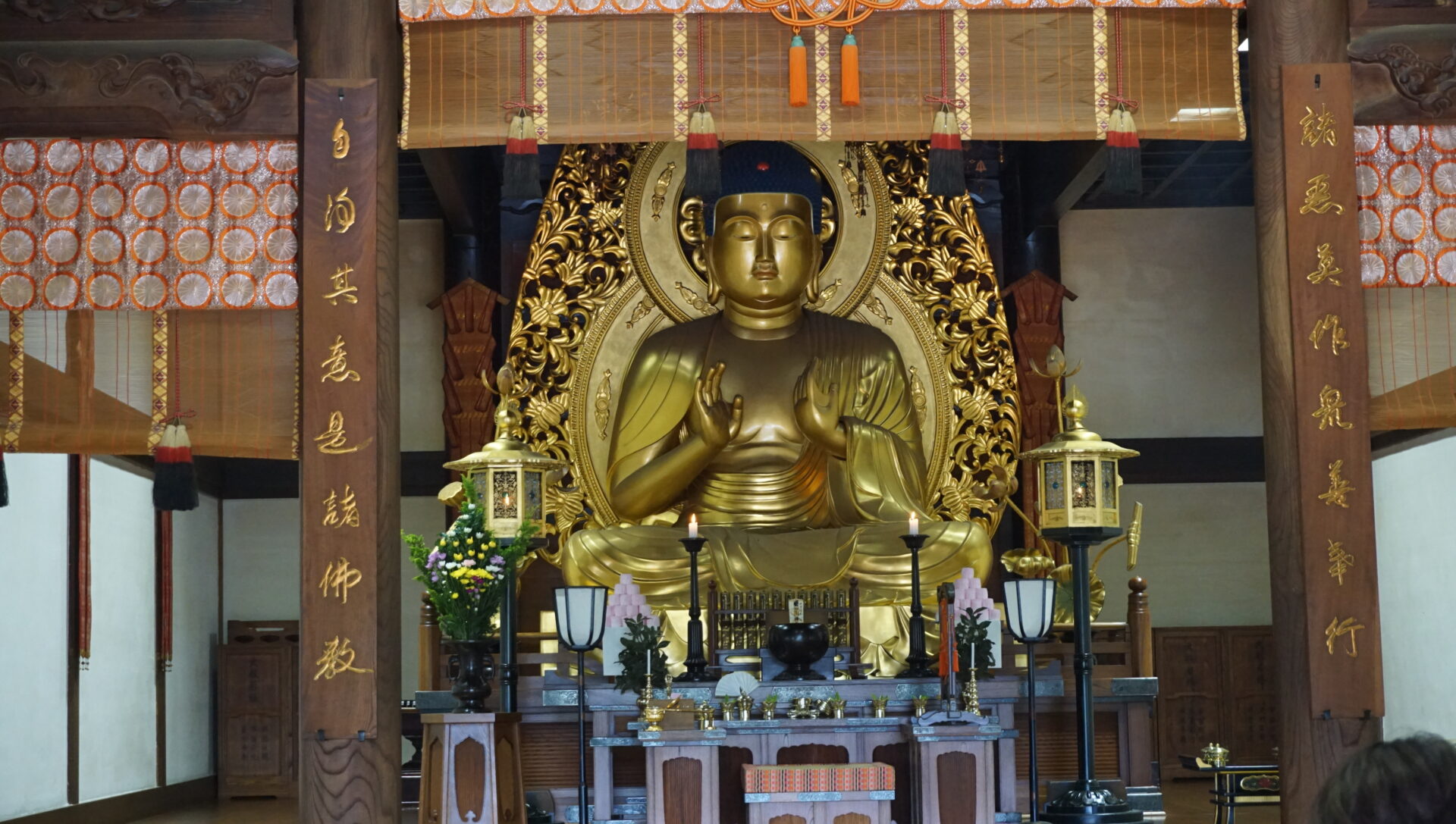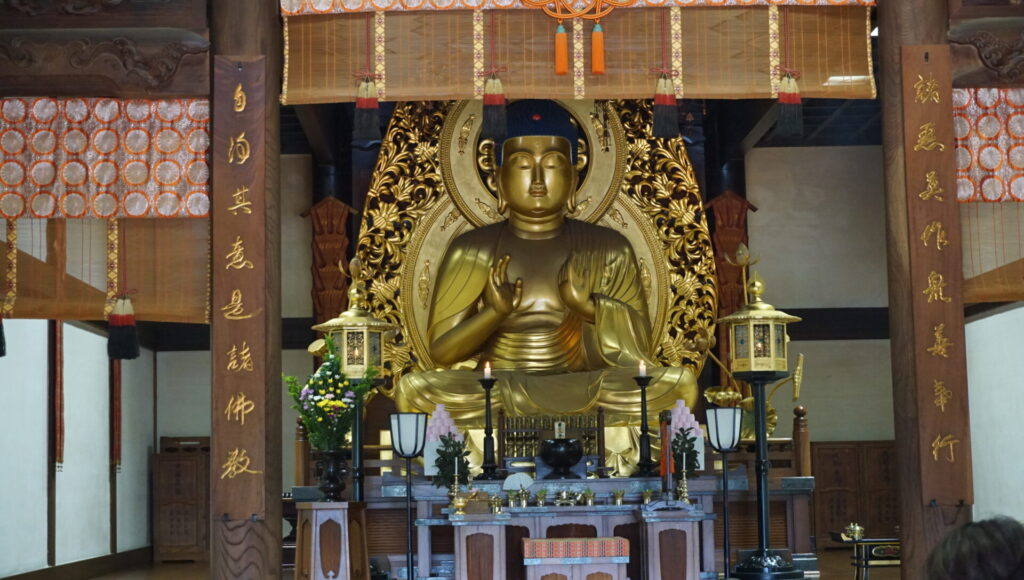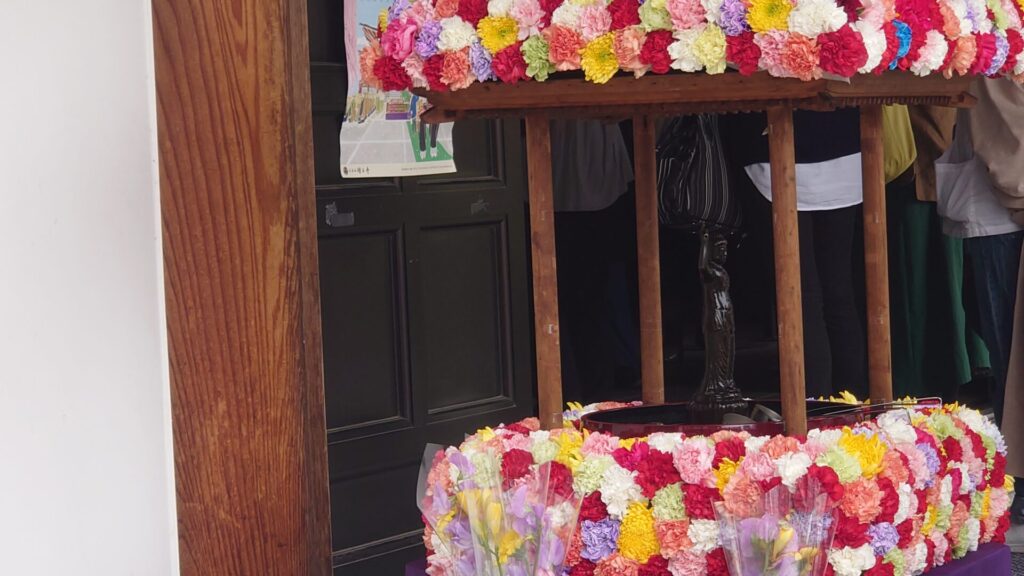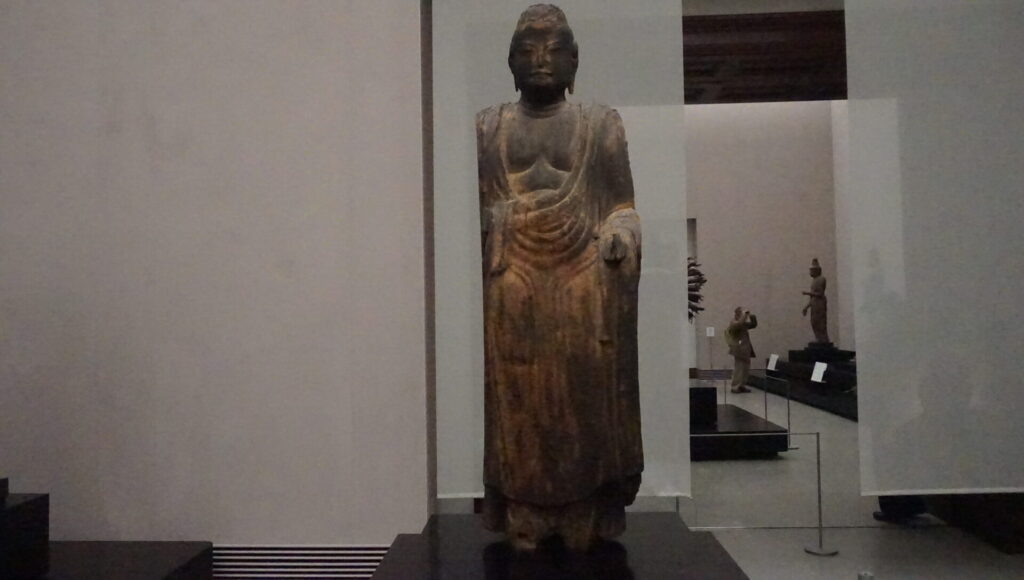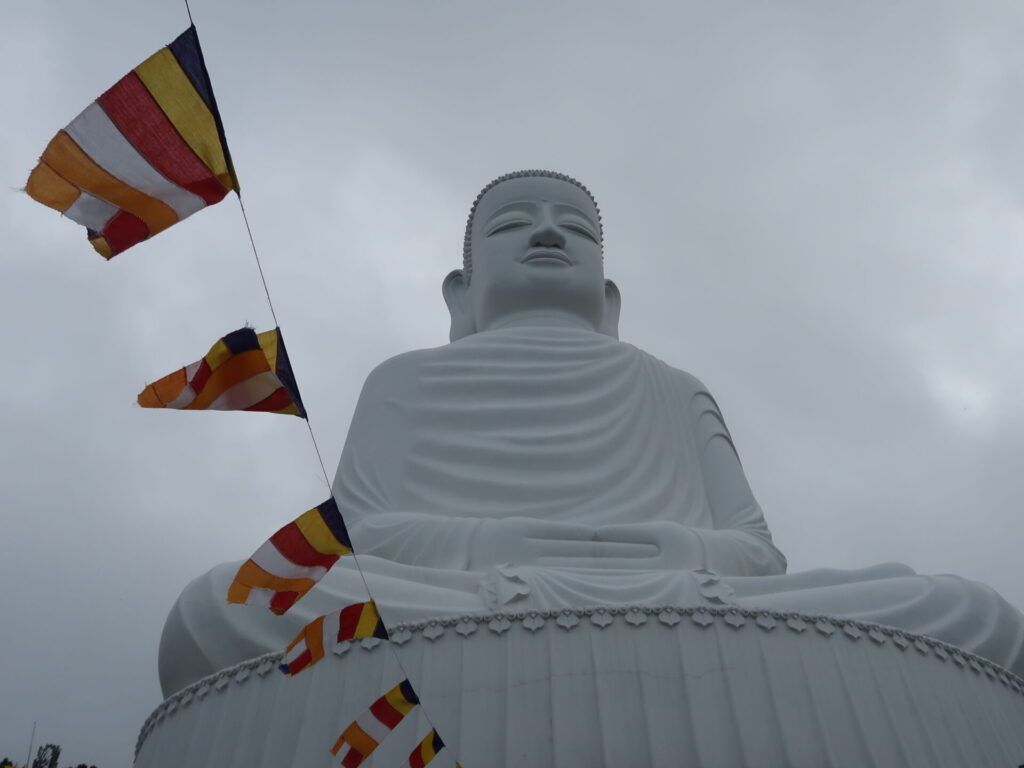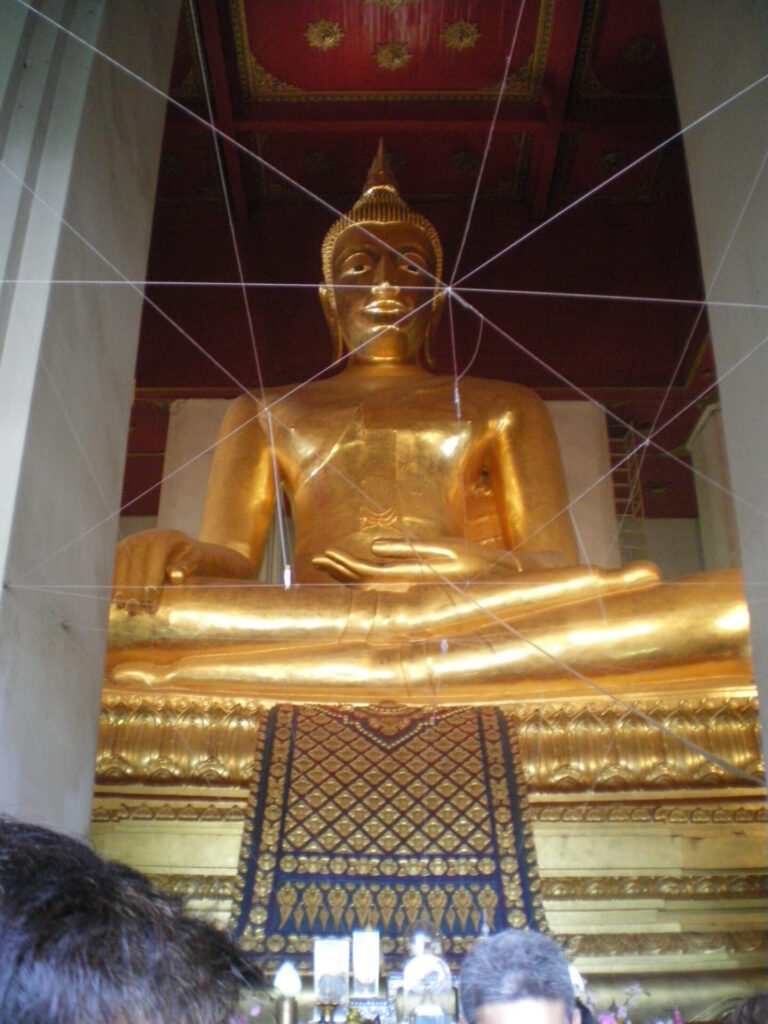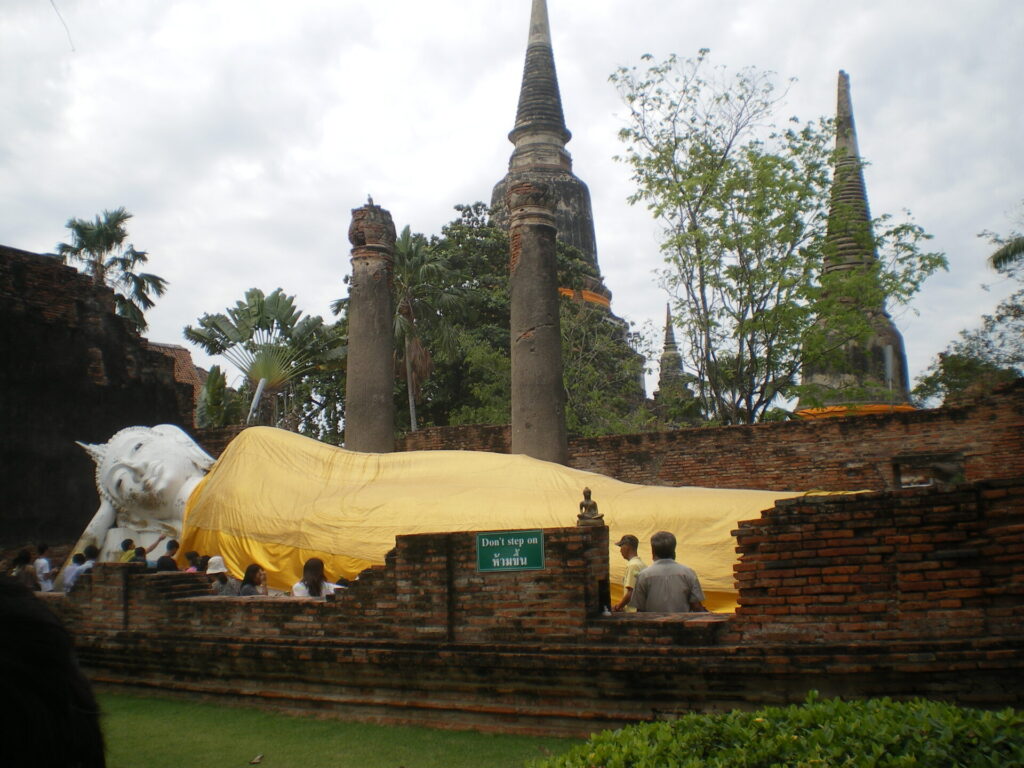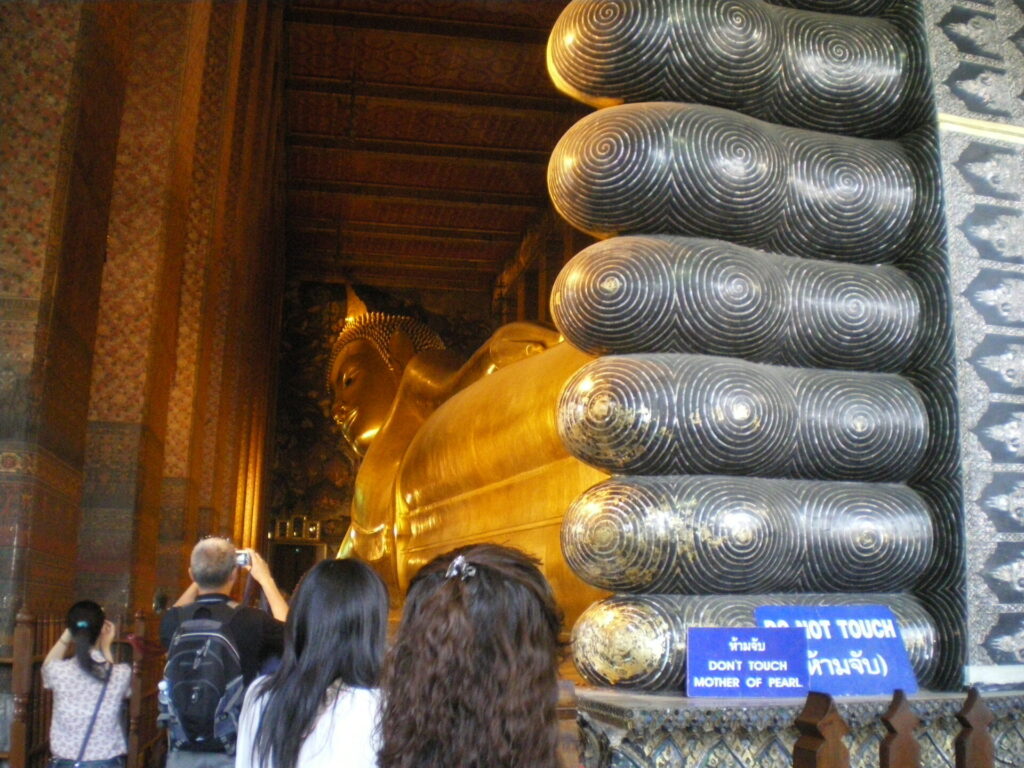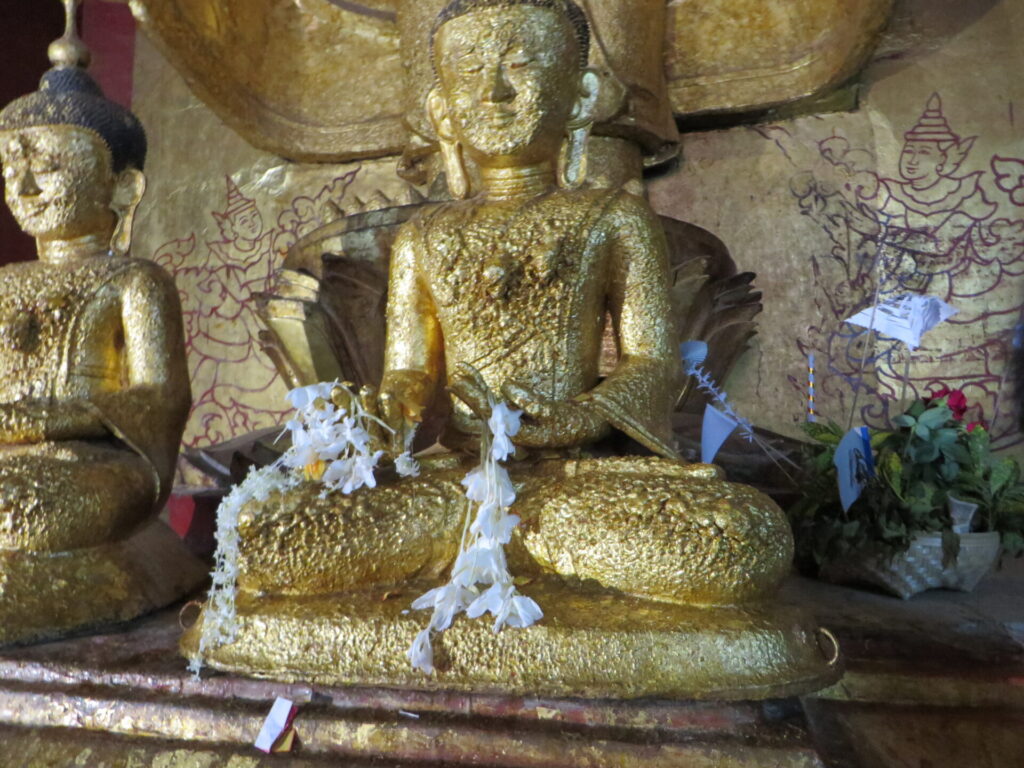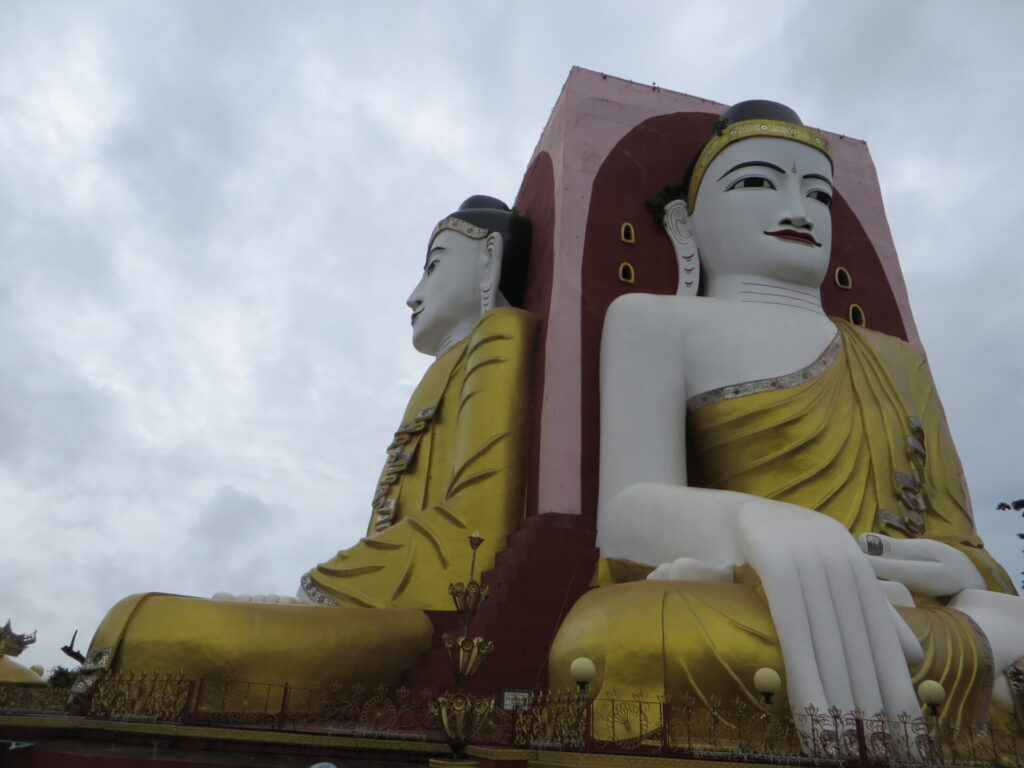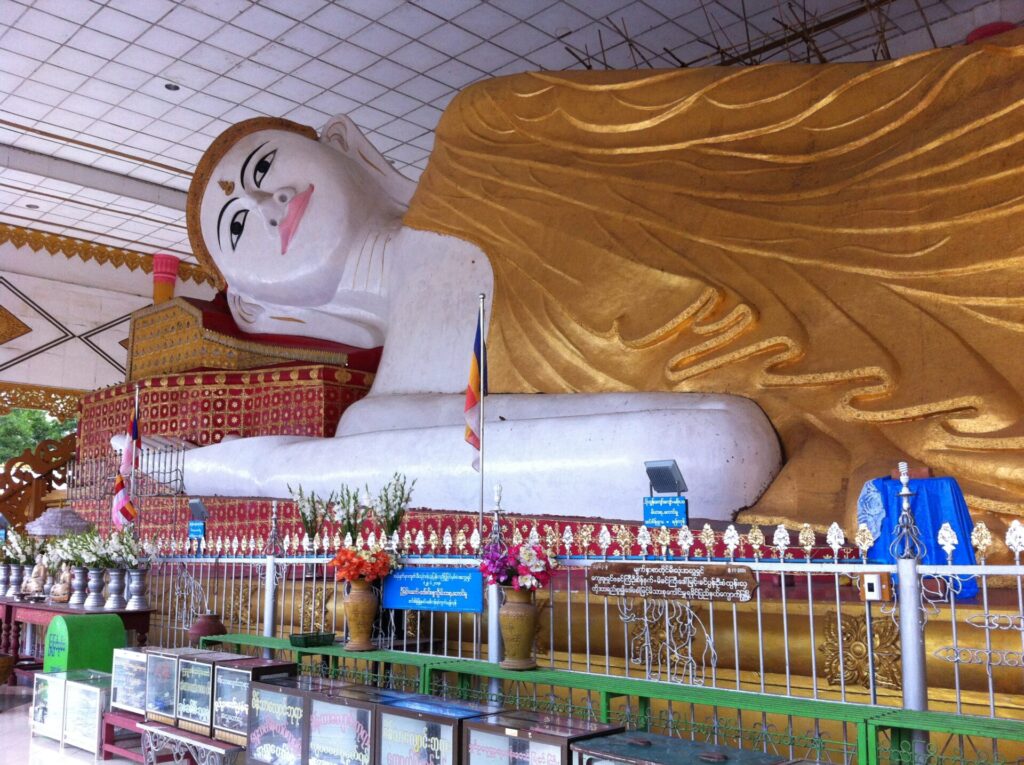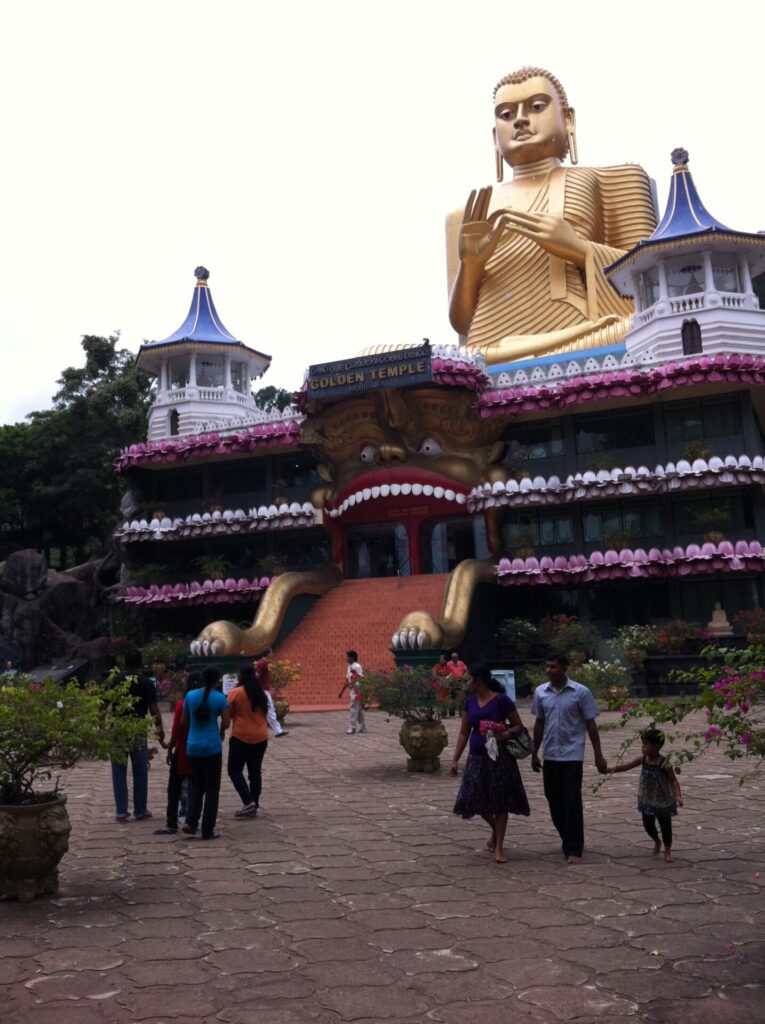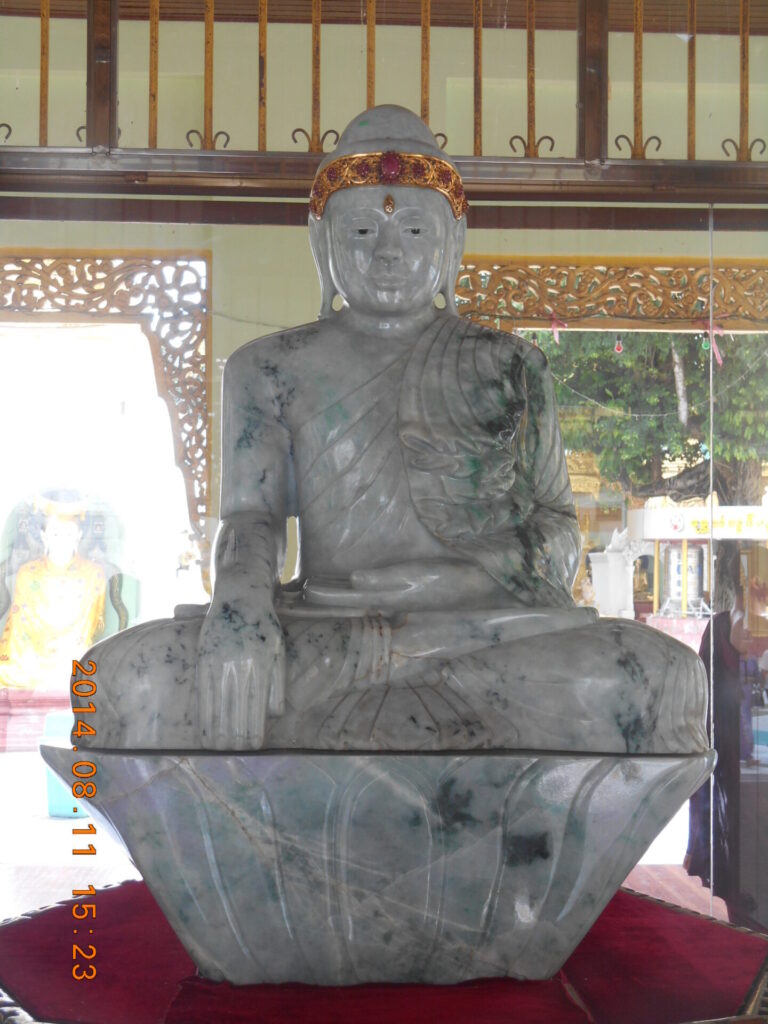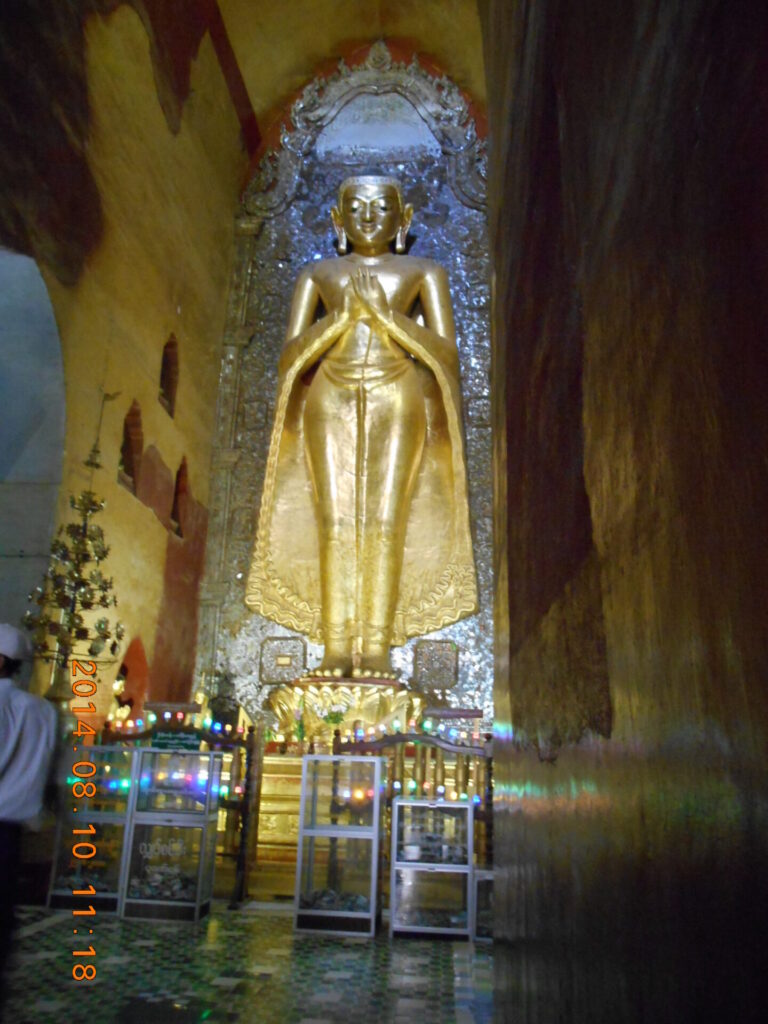OSAKA EXPO 2025
Overview: The Osaka Expo is now welcoming in Yumeshima, a vast artificial island in Osaka Bay, from April 13 to October 13, 2025,
The Osaka Expo is now welcoming in Yumeshima, a vast artificial island in Osaka Bay, from April 13 to October 13, 2025, The expo is involved by 158 countries and regions and seven international organizations. with the main theme of “Designing a Future Society for Life” and the sub-themes of “Saving Lives,” “Empowering Lives,” and “Connecting Lives”. The Expo site is features the world’s largest wooden building, the Grand Ring, with a total length of 2,025 meters, as well as many unique pavilions.
Name: OSAKA EXPO 2025
Place: 1 Chome Yumeshimanaka, Konohana Ward, Osaka, 554-0044
Admission: Adults:Adult 7,500 yen
(more details: https://www.expo2025.or.jp/en/tickets-index/price/)
Opening houes 9:00-22:00
Established: 2025
Tips for enjoying the Expo 2025
The Osaka Expo is held for a short period of time, and the situation is changing every day.
For example, the situation changes depending on whether it is a weekday or weekend, and the weather is fine or not. In addition, the hosting side also strives to respond and improve quickly if there are any problems. Also, since information is shared on the Internet in a short time, places that were relatively empty the day before may suddenly become crowded.
Please review my summerized info. “Tips and information for how to enjoy the Expo in more advanced ways“.
It is necessary to collect this ever-changing information as efficiently as possible and consider countermeasures accordingly. For this reason, it is effective to collect the ever-changing official information from the following link:
https://www.expo2025.or.jp/en/news/daily/
It is also effective to proactively collect information from the information center staff, volunteer staff, and staff at each pavilion at the venue.
Official website: https://www.expo2025.or.jp/en/
Wikipedia: https://en.wikipedia.org/wiki/Expo_2025

